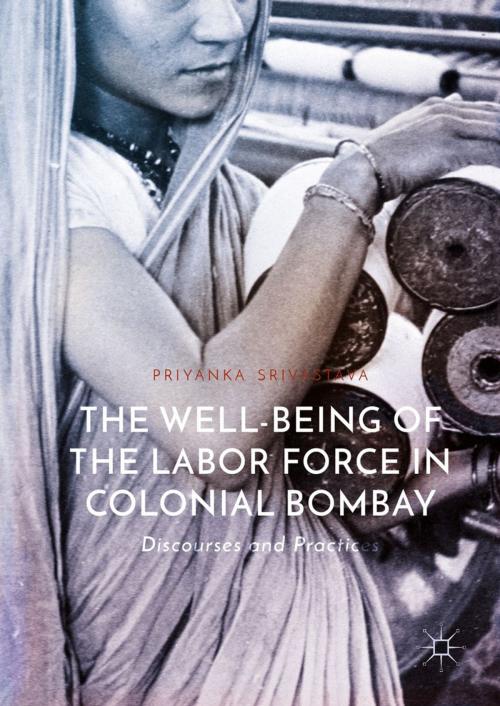The Well-Being of the Labor Force in Colonial Bombay
Discourses and Practices
Nonfiction, Social & Cultural Studies, Political Science, Politics, Labour & Industrial Relations, History, Asian, Asia| Author: | Priyanka Srivastava | ISBN: | 9783319661643 |
| Publisher: | Springer International Publishing | Publication: | December 9, 2017 |
| Imprint: | Palgrave Macmillan | Language: | English |
| Author: | Priyanka Srivastava |
| ISBN: | 9783319661643 |
| Publisher: | Springer International Publishing |
| Publication: | December 9, 2017 |
| Imprint: | Palgrave Macmillan |
| Language: | English |
This study draws on extensive archival research to explore the social history of industrial labor in colonial India through the lens of well-being. Focusing on the cotton millworkers in Bombay in the late nineteenth and early twentieth centuries, the book moves beyond trade union politics and examines the complex ways in which the broader colonial society considered the subject of worker well-being. As the author shows, worker well-being projects unfolded in the contexts of British Empire, Indian nationalism, extraordinary infant mortality, epidemic diseases, and uneven urban development. Srivastava emphasizes that worker well-being discourses and practices strove to reallocate resources and enhance the productive and reproductive capacities of the nation’s labor power. She demonstrates how the built urban environment, colonial local governance, public health policies, and deeply gendered local and transnational voluntary reform programs affected worker wellbeing practices and shaped working class lives.
This study draws on extensive archival research to explore the social history of industrial labor in colonial India through the lens of well-being. Focusing on the cotton millworkers in Bombay in the late nineteenth and early twentieth centuries, the book moves beyond trade union politics and examines the complex ways in which the broader colonial society considered the subject of worker well-being. As the author shows, worker well-being projects unfolded in the contexts of British Empire, Indian nationalism, extraordinary infant mortality, epidemic diseases, and uneven urban development. Srivastava emphasizes that worker well-being discourses and practices strove to reallocate resources and enhance the productive and reproductive capacities of the nation’s labor power. She demonstrates how the built urban environment, colonial local governance, public health policies, and deeply gendered local and transnational voluntary reform programs affected worker wellbeing practices and shaped working class lives.















